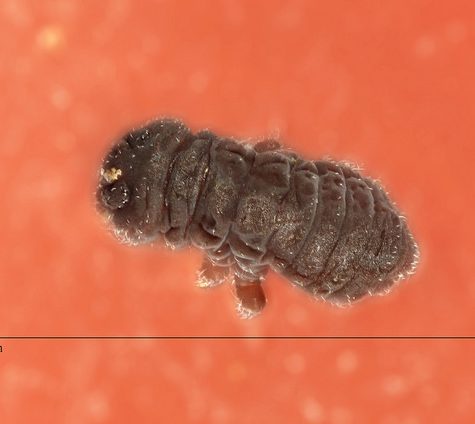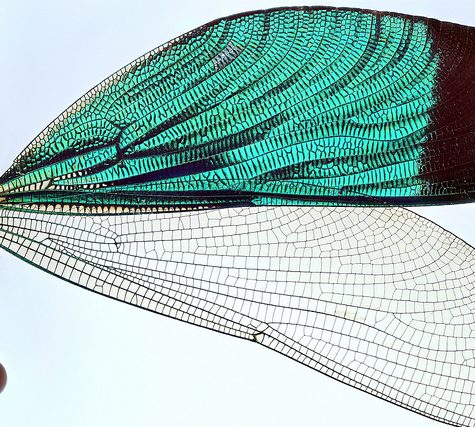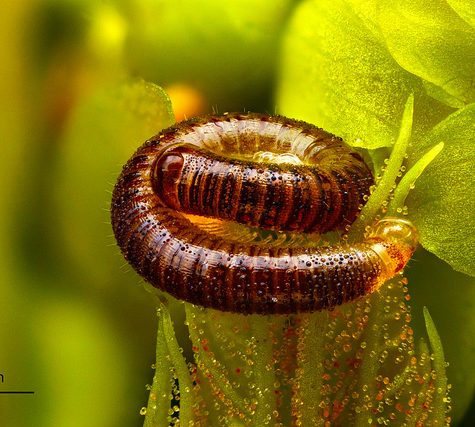Podura aquatica, Found in Pond Water, Tolland CT
$19.00 – $400.00The subphylum Hexapoda (from the Greek for six legs) constitutes the largest number of species of arthropods and includes the insects as well as three much smaller groups of wingless arthropods: Collembola, Protura, and Diplura (all of these were once considered insects).[3][4] The Collembola (or springtails) are very abundant in terrestrial environments. Hexapods are named for their most distinctive feature: a consolidated thorax with three pairs of legs. Most other arthropods have more than three pairs of legs.[5]
















